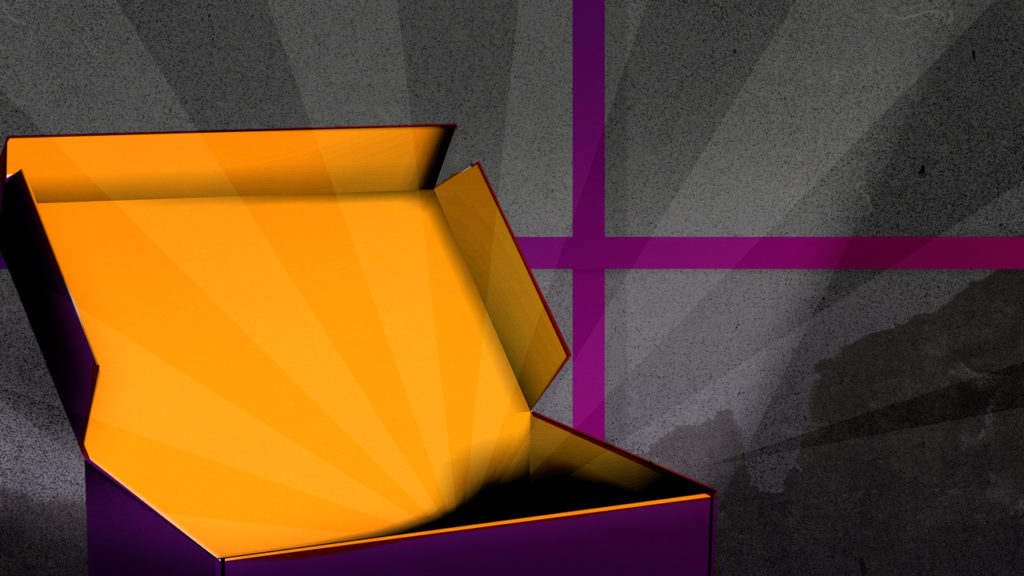Originally published on ION.
(Editor’s note: AList is published by a.network. To get up to speed on the rapid changes affecting the influencer marketing landscape, click here.)
Sponsored makeup tutorials, all-expenses-paid trips around the world, experiential tech-driven pop-ups—beauty brands have feverishly adopted far-reaching influencer initiatives, from courting nano- to mega-influencers alike. The proof is all over social media feeds as well as in the numbers.
Nearly 80 percent of beauty brands launch influencer marketing initiatives and 76 percent of those brands target millennials, according to a report by Launchmetrics. On that same note, a GlobalWebIndex study found in 2018 that 54 percent of female social media users in the US and UK were most likely to be following influencers in the beauty category.
Industry wide, marketers are spending $8.5 billion on influencer marketing, but beauty influencer marketing dollars are especially surging to new heights as they continue to nurture these relationships. For example, in its second-quarter earnings call in August, Estée Lauder’s CEO, Fabrizio Freda, revealed that the brand is allocating 75 percent of its marketing budget to digital, specifically beauty influencers.
Now more than ever, beauty brands have more incentive to increase their influencer budgets due to the shopping habits of early adopters like Gen Z and Gen X. According to a CivicScience study, almost two-thirds of US Internet users who reported buying a product after seeing an influencer use it were younger than 34 and over half the group was under 25.
Given these generations search for and discover new products on social first, brands count on influencers to help build brand awareness and create meaningful connections with audiences. To understand the scope of the beauty industry’s involvement in influencer marketing is to examine their activations.
The nature of beauty in itself is conducive to the success of influencer marketing. What better way to demonstrate the glistening, toning or straightening effects of a product or tool than by enlisting a well-liked social media figure to create a video in real time?
An influencer’s audience is already primed for and interested in the products they display making it easier for influencers to simultaneously form an authentic connection with their followers and deepen the consumers’ interest to the product or brand. While brands are big on sponsored posts, in recent years they’ve gone beyond the norm to fuse consumer experiences with influencer-led activations. MAC, Shiseido, Estèe Lauder, Sephora and E.l.f. Cosmetics are examples of brands that have utilized influencers to generate buzz around products and events in the hopes of creating value for consumers and thereby driving sales.
In a recent unexpected move, MAC created a cosmetics booth at TwitchCon San Diego last month. The 20-foot-by-30-foot booth stuck out like a sore thumb among video game and energy drinks vendors, but MAC knows what it’s doing: reaching the female gaming community, who make up 45 percent of US gamers. The tie-in doesn’t sound so odd when you consider MAC has been courting Twitch influencers Pokimane and KittyPlays who have 3.4 million and 1.1 million followers, respectively. The booth was open all three days of TwitchCon and featured makeup application services and giveaways as well as a master class on “stream-ready makeup.” According to Glossy, part of the success of MAC’s presence there was centered on the hashtag #macattwitchcon.
Influencers with big audiences don’t necessarily translate to sales. In fact, many beauty brands are tapping micro-influencers who have a small but engaged following. While Estée Lauder has been known to recruit ambassadors like Kendall Jenner, the brand has also worked with micro-influencers on YouTube and Instagram. A campaign from Jo Malone London, one of the 29 brands Estée Lauder owns, reflects the value brands see in micro-influencers. For its “Declare Your Scent” fragrance campaign, the brand focused on authentic storytelling through nano influencers who they knew were already advocates of Jo Malone London. This was in part due to the personal nature of
Sephora took a unique approach to influencer marketing by crowdsourcing influencers for its new #SephoraSquad influencer marketing program launched this year. In search of 24 influencers, Sephora held an online contest that drew 16,000 applicants and required testimonials from applicants’ social media followers of which the brand received 250,000. Sephora signed yearlong contracts with the 24 chosen influencers with payment for participation and opportunities for coaching, early access to Sephora products and access to beauty industry experts. Sephora timed the influencer initiative accordingly as it plans to open 35 new US stores in 2019 including Seattle, Palm Springs, Brooklyn and Washington D.C.
In 2018, Shiseido removed all existing makeup from retail stores and its site to launch a new color cosmetic line. The goal? Overhaul the brand and more importantly, appeal to a younger audience. Additionally, the Japanese beauty brand also upped its spend on influencer marketing in the last year and a half during which the brand has orchestrated six influencer trips. To help continue these outings, Shiseido increased its influencer marketing budget by 50 percent in 2019.
Eighty-nine percent of US marketers said they deem Instagram as the most critical social media platform for influencer marketing in 2019 and one-third of Instagram posts containing #ad was a story. Instagram and YouTube may house most beauty influencer initiatives, but some brands are slowly starting to test activations on emerging platforms to capture the attention of Gen Z. For example, E.l.f. Cosmetics recently launched a branded hashtag challenge on TikTok called #eyeslipface to an original song. Though it didn’t feature a creator from the TikTok platform. E.l.f. said the challenge will kickstart the brand into having daily content on the platform. Given the influencer marketing success that music and lifestyle brands have experienced on TikTok, this could mean E.l.f. is gearing up for TikTok influencer partnerships to showcase its products.


